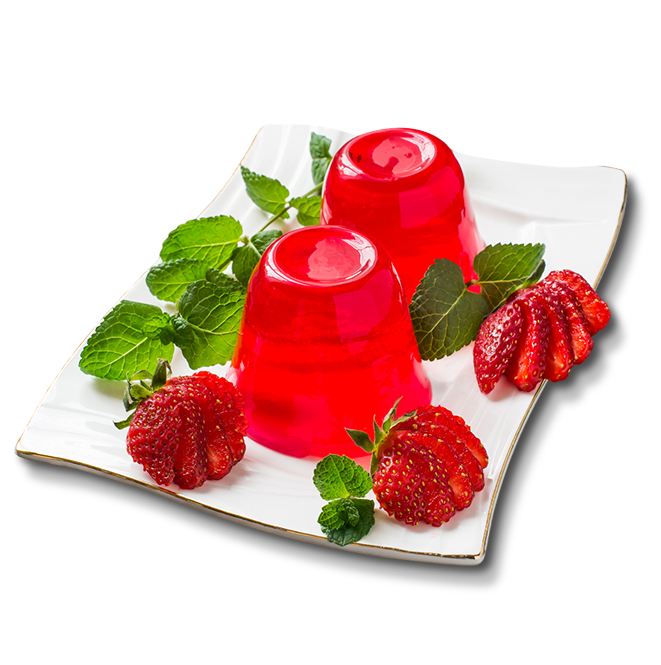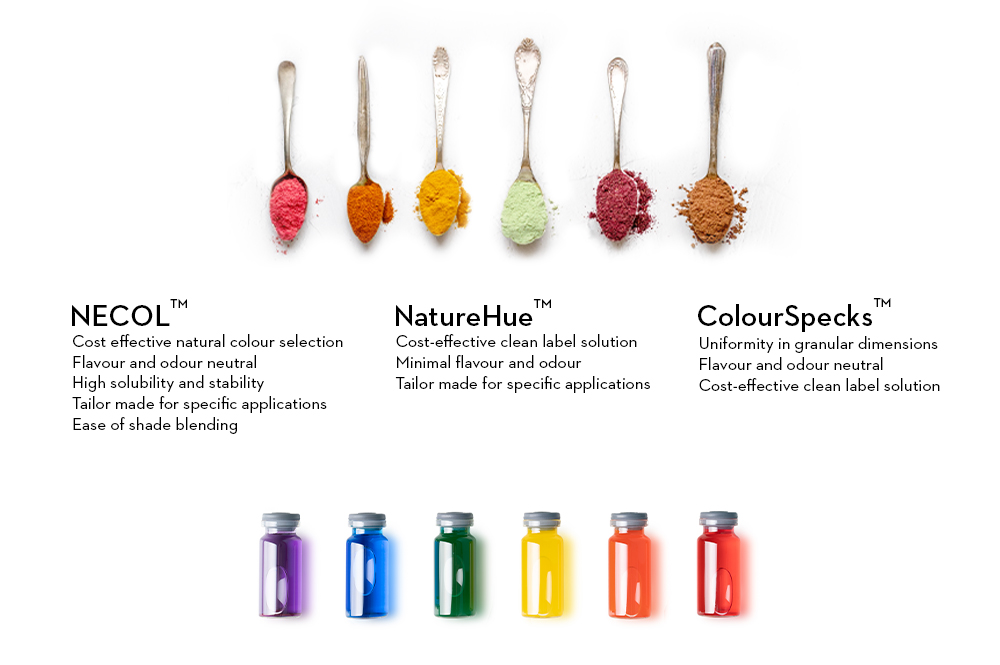Does the pink swirl of a cherry-topped strawberry sundae grab your attention? Does the greenness of broccoli put you off? If you’re wondering, there’s actual science behind the reaction. We’re disposed to react to certain foods a certain way thanks chiefly to a series of complex brain chemistry. Here’s looking at what affects our perception of food and how colour could influence people’s purchases in supermarkets, restaurants, and other places.
Colour Comes First
Colour has been known to determine people’s choices, whether it’s the clothes they wear, the cars they buy, or even how they conduct their relationships. A study performed in 2006 states that around 62–90 per cent of people’s assessments of their initial interactions with either people or products are based solely on colours. And this is no different when it comes to food. Various other studies have demonstrated we eat with our eyes before we taste.

Breaking the Science Down
Our expectations of food are influenced by several factors. For example, consider a burger topped with greens, cheese, and a generous serving of mayonnaise. We’re innately trained to notice its appearance, colour, and the environment it’s in. Our brains immediately process all these visual cues and associate the output with past experiences. This attempt to form an idea of the burger before it’s tasted creates expectations about it, in turn affecting behavioural response and sensory perception. Colour, in particular, evokes different connotative meanings for people, dictating their perception of food based on culture and experiences. Here’s a breakdown of some common food colour applications and their psychological impact:

Red rouses appetite and is notably connected to sweet flavours like strawberry, cherry, and watermelon, while studies have also shown people expect red-coloured food to be spicier. A popular, powerful colour, red denotes excitement and demands people’s attention. Yellow is just as popular. It creates a sense of warmth and happiness and has frequent usage in bakery items. Orange denotes fun and warmth, whereas green traditionally conjures ideas of freshness and health in people’s minds. We seemingly aren’t too fond of blue on our plates except entertaining it in some contexts, such as foods paired with fruit flavours like blueberry or grape. Black makes us think of sophistication—luxury dining, elegant dinners by the French Riviera, and the like.
Food Colour and Sales
Undoubtedly, the science is vital to food manufacturers. Understanding colour and human responses to them could well be the difference in profit margins. We’ve realised for some time that colour can change our behaviours when it comes to food—we can form distinct flavour profiles and preferences. This is why we find certain colours appealing enough to accept and eat the food they describe. (Would tomatoes be as loved if they were blue? Some food for thought.) It’s been further established that increasing colour variety in food can lead to enhanced consumption.
The reasons for these behavioural responses are difficult to pinpoint, as the brain mechanics are complex. But it’s evident colour has a fair bit to say when it comes to what’s on our plates.
Keeping this in mind, mapping dominant colours to flavours and finding ways to build new associations (red-coloured mayonnaise, anyone?) is obviously critical to reaching a broad consumer base and boosting sales.
The Shift to Natural Food Colours
The economics boil down to the very basics: Synthetic food colours or dyes come in various shades and offer strong tones. Not all are equal; some are preferred over others, some are seen as villains, and others in a better light. Allura red, tartrazine, and sunset yellow might be widely responsible for a host of soft drinks, seasoning blends, sauces, cereals, popcorn, and other snacks looking the way they do. However, their grasp over the market could be threatened by the arrival of natural colours.
These are dyes obtained from vegetables and fruits like grapeskin, beetroot, carrot, paprika, turmeric and many more. For instance, your green-coloured ice cream could owe its colour to the humble chlorophyll! In fact, these natural alternatives are now seeing their use spread across the world. In good news for food producers, innovation and research are making their ingress into markets increasingly feasible and cost effective.

Symega’s Natural Food Colour Products
With so much hinging on food colour and the world looking to transition to natural colours, Symega has the perfect assortment of natural food colouring solutions for manufacturers to explore. These offerings are low on costs, derived from natural ingredients, and crafted through expertise in plant extracts and pigments. They are backed by intense research and years of technological advancement. Their nutritional significance, safeness, versatility, and value for money give manufacturers a solid footing without needing to worry about any criticism. Furthermore, Symega caters to various demands across all food segments, enabling different types of manufacturers to give their products the desired look and finish. Symega’s natural food colouring products come in liquid, powder, and micronised formats and include:
- NECOL™
The NECOL range ditches synthetics for natural plant-based colours. Affordable and safe, NECOL offers stable, odour/flavour-neutral colours with ease-of-shade blending for baking, dairy, sweets, savouries, beverages, and confectioneries. The collection is customisable for specific needs, giving manufacturers a one-stop solution if required.
- NatureHue™
NatureHue is a food colouring solution that comes from fruit juices and vegetable concentrates formulated to impart the right colours while retaining the sources’ goodness. It serves multiple applications while being minimally flavoured/odorous. NatureHue gives businesses functionality where desired, along with the bonus of clean-label marketing benefits.
- ColourSpecks™
The ColourSpecks range of colours is designed using a unique plating process for a consistent appearance and uniform granulation, generating textured foods that pop with visual appeal. The colours are perfect for confectionery preparations and can double as a decorative element. Food businesses aiming for social media-worthy food can evolve their operations with this affordable natural-colour choice.
Symega’s technological expertise and in-depth industry knowledge can help manufacturers build their strategies around sustainable, cost-effective food colouring products. To find out how you can amplify your sales effectively and market your products with intelligence, contact us at marketing@symega.com.




